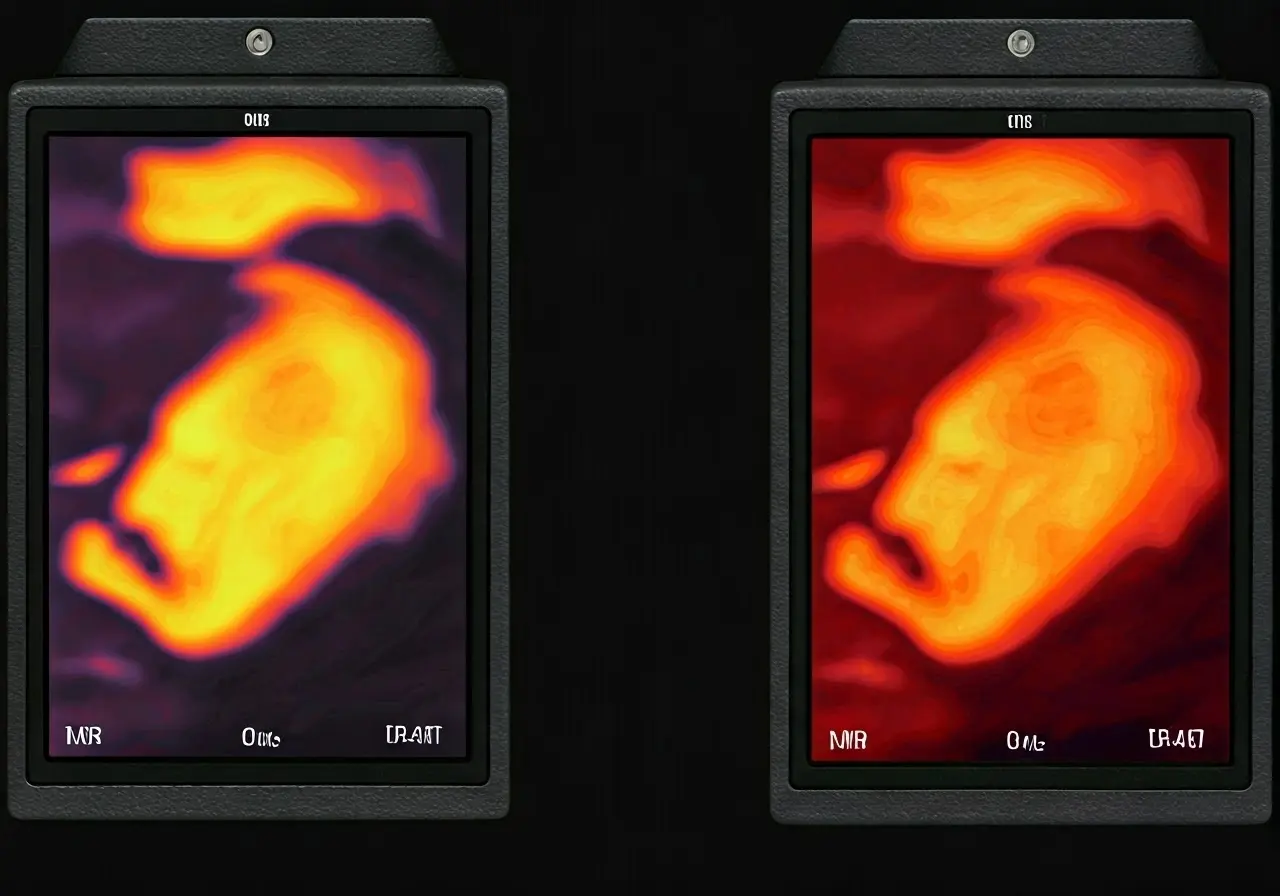What is the Difference Between Thermal Cameras and Regular Cameras?
Cameras are a fascinating aspect of technology, each designed with specific functions to capture the world in unique ways. Thermal cameras and regular cameras serve two distinct purposes, but what exactly sets them apart? Let’s explore the differences between these two types of cameras and understand when to use each one.
Understanding Thermal Cameras
Thermal cameras detect temperature variations and convert them into a visual image using infrared radiation. Unlike regular cameras, they can ‘see’ heat and are typically used in environments where visibility is reduced. These devices are invaluable in fields such as security and maintenance, providing insights that are invisible to the naked eye. For instance, they help identify unusual heat signatures in machinery, preventing potential failures.
One of the key aspects of thermal cameras is their ability to perform effectively regardless of the lighting conditions. According to insights on the advantages of thermal detection, they do not require any additional lighting sources and can work equally well during the day or night. This makes them particularly useful in surveillance and defense applications.
With the growing emphasis on privacy, thermal cameras offer an added benefit by detecting motion without identifying the individuals, providing a way to monitor areas without infringing on personal privacy.
How Regular Cameras Work
Regular cameras capture images using visible light, just like the human eye. They rely on a lens to focus light onto a sensor, which then converts it into a digital image. These cameras are commonly used for photography and video recording. The technology is mature and has become an integral part of our daily lives, from personal use to professional photography.
However, the main limitation arises in low-light conditions. As noted in the challenges with visible-light technology, these cameras struggle without ample light, necessitating the use of additional lighting sources at night, which can lead to light pollution and increased maintenance.
Despite these drawbacks, regular cameras are indispensable for producing high-resolution images with detailed color accuracy, which are required for capturing artistic shots or documenting events in vibrant detail.
Key Differences in Usage
Thermal cameras are ideal for applications like night vision, security, and identifying heat losses in buildings. Regular cameras are best for capturing detailed photographs and videos in well-lit environments. This distinction makes it critical to understand your specific needs before selecting a camera type.
For security purposes, thermal cameras offer a clear advantage due to their ability to detect heat and identify objects or intruders in complete darkness without requiring light enhancement. On the contrary, regular cameras shine in artistic fields, where capturing minute details and color variations is paramount.
Comparing Image Outputs
Thermal cameras produce images that highlight heat signatures, appearing in various colors to denote temperature gradients. These images are often used in professional settings like industrial inspections or firefighting, where identifying temperature differences is crucial. For example, they can detect overheating equipment, helping avert disasters before they occur.
On the other hand, visible-light cameras produce full-color visuals based on ambient light, capturing an accurate depiction of a scene as perceived by the human eye. This capability is essential in scenarios where clarity and detail are necessary, such as in photography and videography.
When to Use Each Type of Camera
Choose a thermal camera for scenarios requiring heat detection, such as equipment maintenance or surveillance. If your goal is to identify potential problems like electrical faults or leaks, thermal cameras are an excellent choice. They can visually articulate energy losses or overheating components that are otherwise invisible.
Opt for a regular camera when capturing clear, detailed images in natural light is your goal. These cameras excel in daytime settings and offer creative flexibility, making them ideal for hobbies, professional photography, or general videography.
Ultimately, the choice depends on the environmental conditions and the specific needs of your project. If you have further questions about our products, you can explore our thermal cameras to learn more about their potential applications and advantages.
Choosing the Right Camera for Your Needs
Understanding the differences between thermal cameras and regular cameras can help you choose the right tool for your needs. Whether you’re capturing breathtaking visuals in visible light or identifying heat signatures invisible to the naked eye, there’s a camera designed just for that purpose.

























































